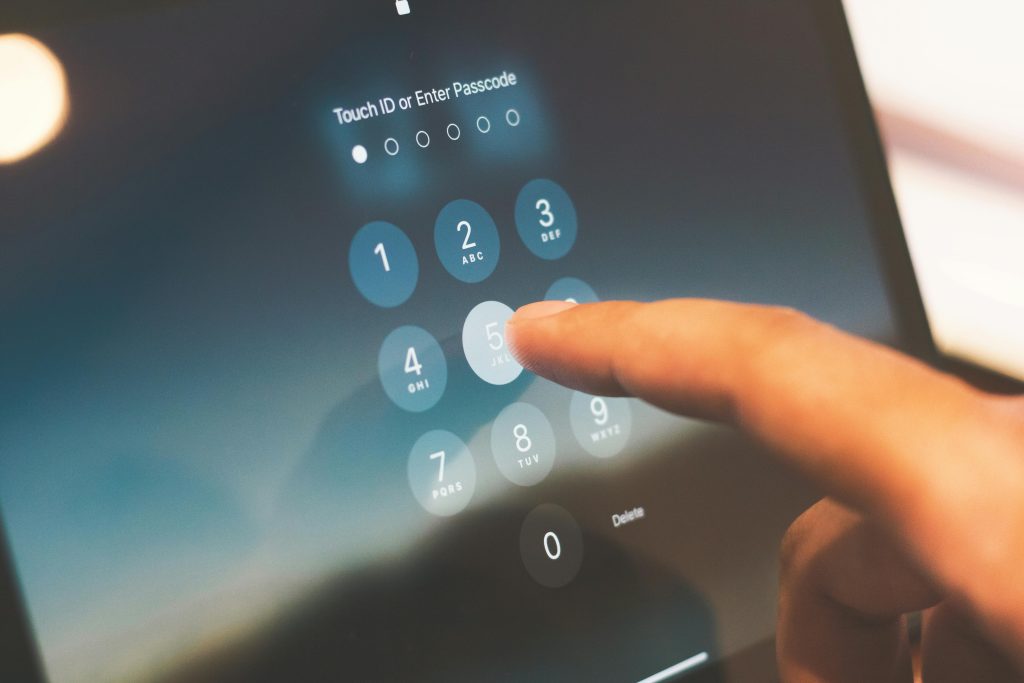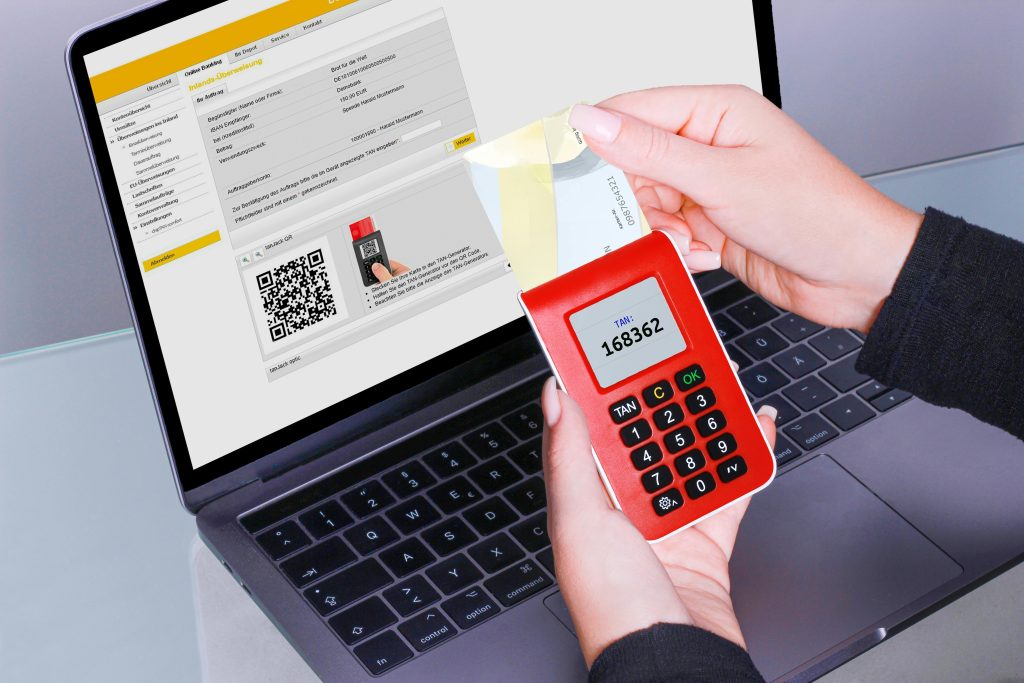Introduction
In an age of escalating cyberthreats, passwords alone are no longer sufficient to safeguard sensitive information. Two-factor authentication (2FA) adds a second layer of defense by requiring users to prove their identity in two distinct ways before granting access. This extra step thwarts common attacks—such as stolen credentials, phishing scams, and brute-force hacks—and dramatically reduces the risk of unauthorized account takeover. In this article, we’ll explore what 2FA is, the most common methods, how it stops attackers in their tracks, and best practices for implementing it to keep your users’ data secure.

1. What Is Two-Factor Authentication?
Two-factor authentication requires two of three possible proof types:
- Something you know (a password or PIN)
- Something you have (a mobile device, hardware token, or smart card)
- Something you are (biometric trait such as fingerprint or face scan)
By combining at least two of these, 2FA ensures that even if one factor is compromised (e.g., a stolen password), an attacker still cannot access the account without the second.
2. Common Two-Factor Methods
- SMS or Email Codes: A one-time code is sent to a registered phone number or address.
- Authenticator Apps: Time-based codes generated on a smartphone app refresh every 30 seconds.
- Hardware Tokens: Physical devices (USB keys or key fobs) produce codes or use cryptographic challenges.
- Biometrics: Fingerprint readers or facial recognition verify a unique physical trait.
Each method balances convenience, cost, and security differently—hardware tokens and biometrics tend to be strongest, while SMS codes are widely accessible but vulnerable to SIM-swap attacks.
3. How 2FA Stops Common Attacks
3.1 Preventing Credential Theft
Even if a password is leaked through a data breach or phishing email, an attacker cannot log in without the second factor.
3.2 Thwarting Brute-Force and Automated Attacks
Automated scripts may crack weak passwords, but they cannot bypass a physical token or biometric check.
3.3 Mitigating Phishing and Social Engineering
Attackers who trick users into revealing one-time codes still lack possession of the user’s device or biometric data.
4. Best Practices for Secure Implementation
- Encourage Strong Primary Authentication: A robust password policy paired with 2FA is far more secure than either alone.
- Use Push-Based Approval: Rather than typed codes, send a push notification (“Approve login?”) to reduce user error and phishing risk.
- Offer Multiple 2FA Options: Allow users to choose from authenticator apps, hardware tokens, or biometrics to accommodate different comfort levels and device availability.
- Backup and Recovery: Provide secure backup codes or alternative methods in case a user loses their device—while ensuring those methods cannot be abused.
- Monitor and Alert: Log and notify users of new 2FA enrollment, changes in authentication factors, or repeated failed attempts to detect malicious activity.

5. Balancing Security and User Experience
While 2FA significantly improves security, it can introduce friction. To maintain usability:
- Adaptive Authentication: Prompt for 2FA only on new devices, unusual geolocations, or high-risk transactions.
- Remembered Devices: Let users mark trusted devices for a configurable period, reducing repetitive prompts.
- Clear Guidance: Provide step-by-step setup instructions and in-app reminders to keep users engaged with their security settings.

Conclusion
Two-factor authentication is a powerful, cost-effective way to fortify user accounts against today’s most prevalent threats. By combining something users know with something they have—or are—2FA creates a block that most attackers cannot bypass. Implement it thoughtfully: offer multiple methods, balance security with convenience, and keep recovery safe yet accessible. With robust 2FA in place, your users’ data remains protected even when passwords fail, giving everyone greater confidence in your security posture.
